We get it: You're tired of lackluster, short-lived nail polish. What you want is flawless, chip-free nails that last for weeks on end. And gel nail polish makes this a reality to save you time. It's a decision that makes a lot of sense.
You see, with the global nail care market size of around $13 billion, the industry offers numerous products based on customers' preferences. And given that most consumers seek a nail polish that's not just about the looks but also feels fabulous, lasts longer, dries in a flash, and keeps looking fresh. More often than not, gel nail polish is the ultimate choice. Though gel polish can be more expensive than your average nail polish, the benefits certainly outweigh the couple of the disadvantages (which we'll discuss shortly).
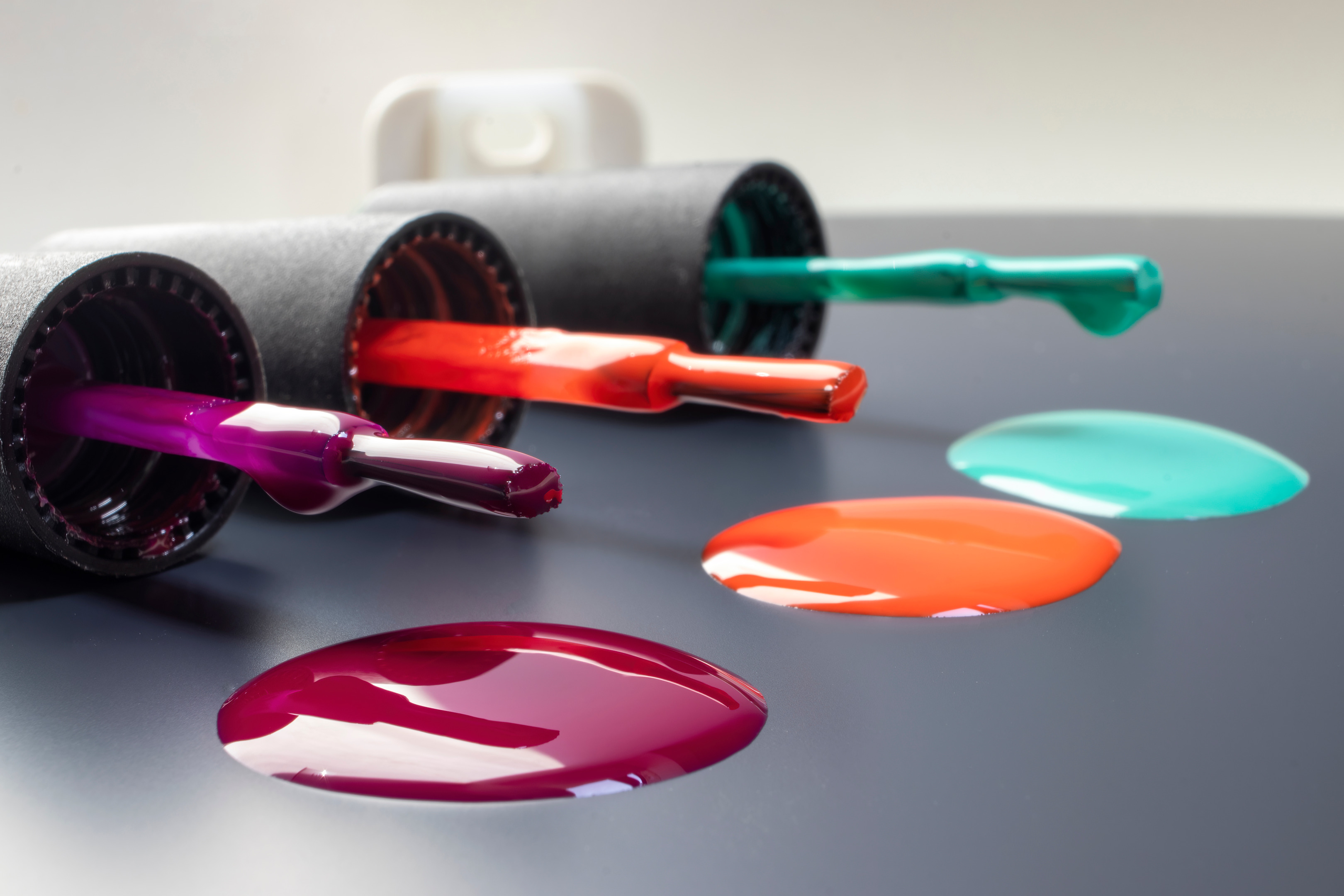
Simply put, gel polish offers a middle ground between traditional nail polish and gel nails. This gel-like formula combines the best of both worlds: the color and application of traditional polish with the long-lasting, chip-resistant finish of gel nails.
If we look at the science behind gel nail polish, we'll find that every type of polish comes with different polymers. For instance, regular nail polish has nitrocellulose that hardens once the solvents dry. In the case of gel nail polish, there are acrylic polymers that get triggered by light. That's why this type of polish requires sticking your hand under a specialized LED or UV lamp for it to cure for just 60 to 120 seconds. That's pretty much the time it takes, and it's often seen as a godsend for those who want nail polish to dry instantly. Plus, it is ideal for any occasion that you can think of.
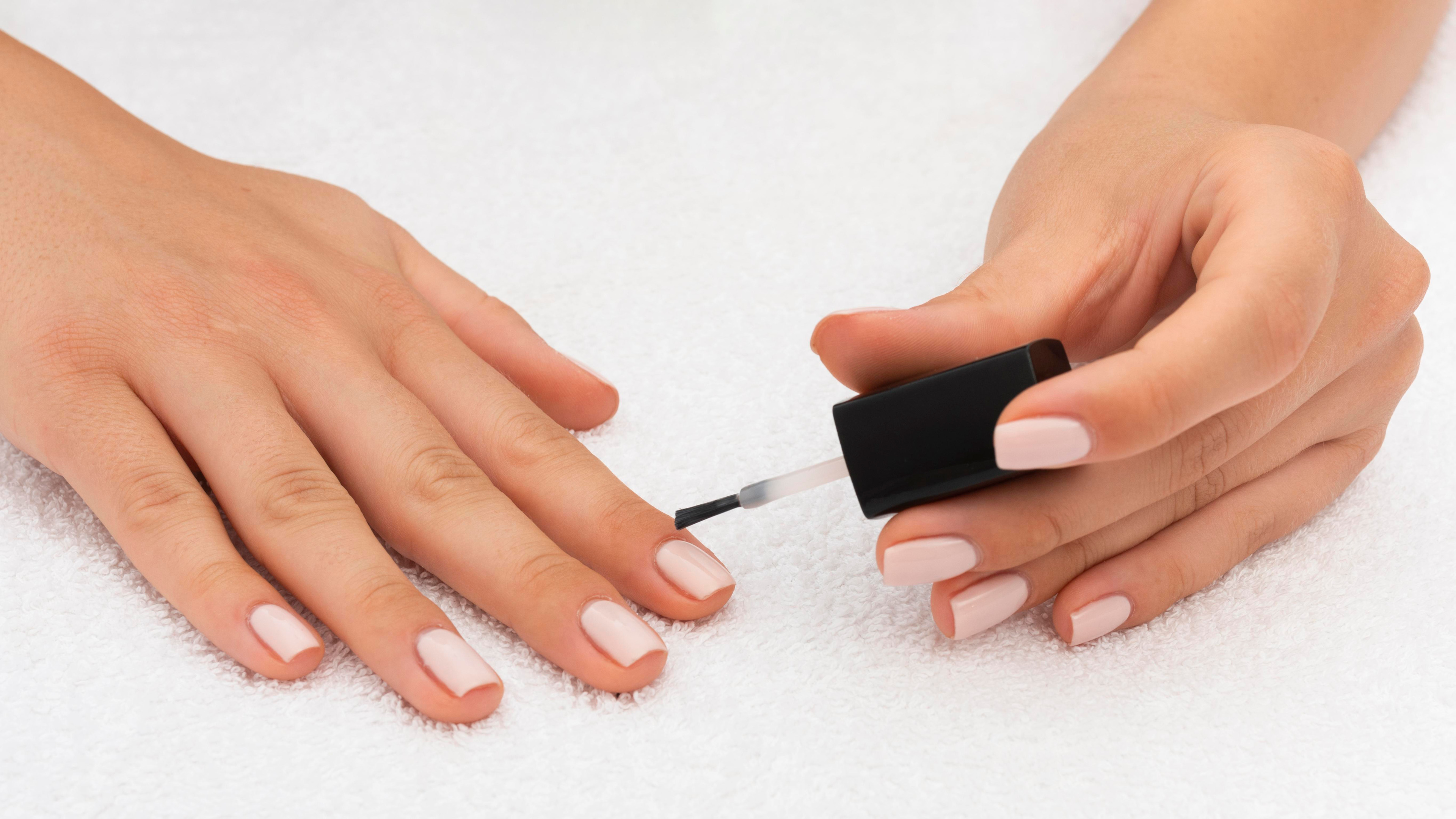
The application process is quite simple and can even be therapeutic. It's like creating a small piece of art!
So, here's what you have to do:
It usually takes around 30 to 60 minutes to properly apply gel nail polish, but every minute is worth it.
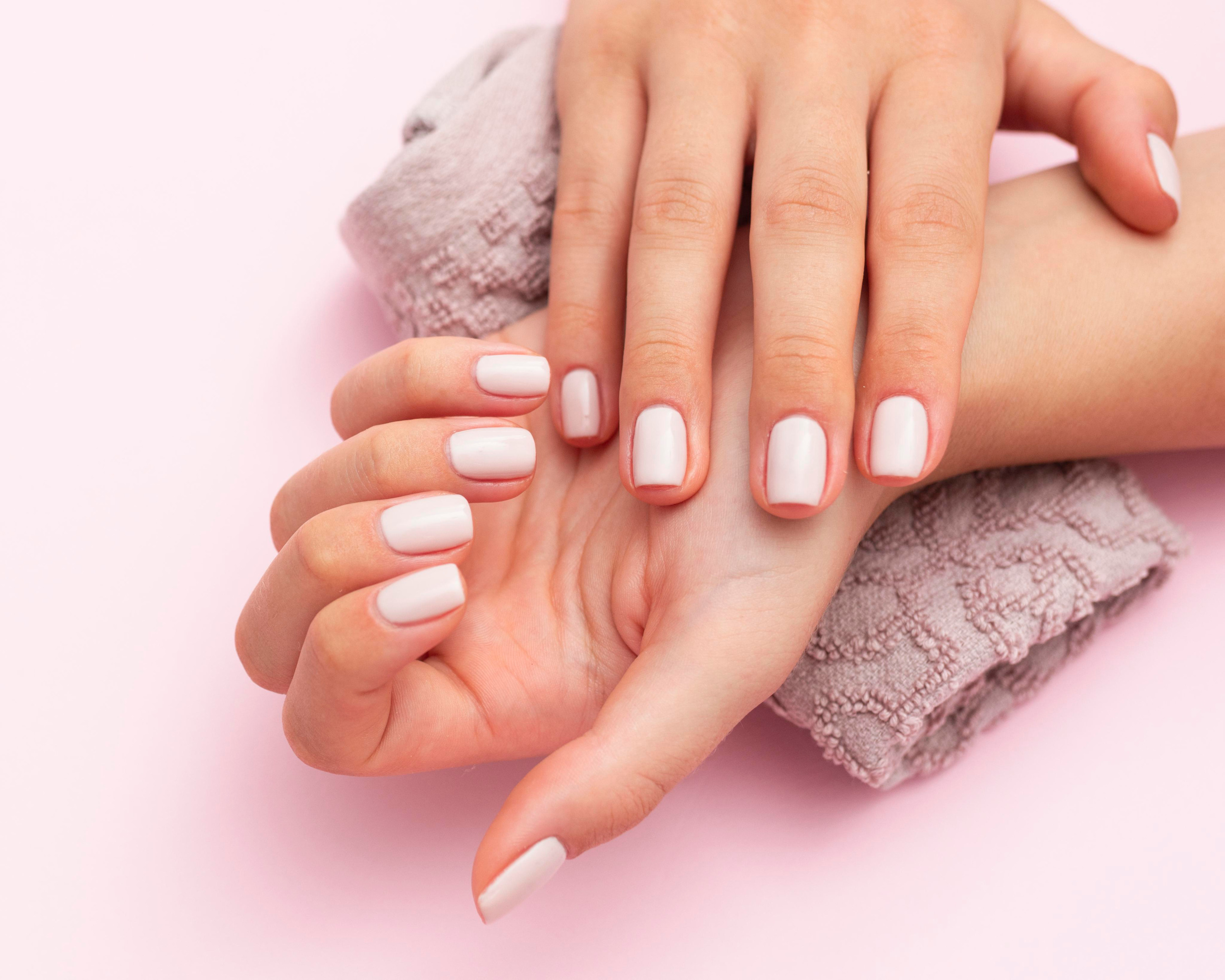
It usually takes just 3-5 days (a week if you stretch it) for regular nail polish to last. On the other hand, gel nail polish can easily last up to 2-3 weeks before starting to chip and peel.
However, there are some handy tips to make gel nail polish last longer:
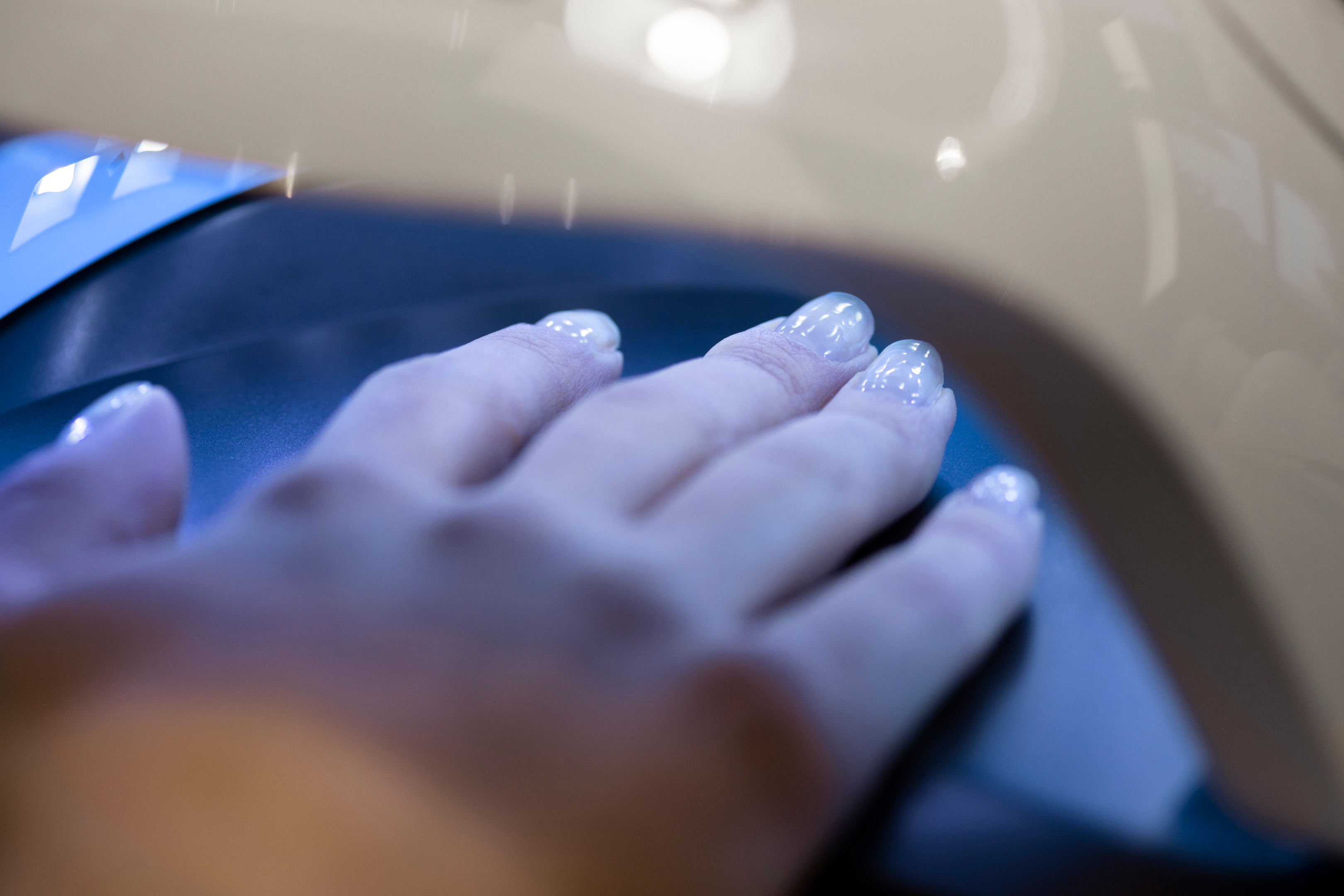
Gel nail polish is a bit different from traditional nail polish because it doesn't air dry. Instead, you'd have to cure it under a UV or LED lamp. This process, known as polymerization, happens when the wavelengths from the lamp react with the compounds in the gel polish, transforming it from a liquid to a solid, durable finish.
By the way, the curing time can vary depending on the lamp and the gel formula you choose, but it typically takes around 30 seconds to 2 minutes per coat. This quick and efficient method is what gives gel nails their long-lasting and glossy appearance.
It's important to note that there's a difference in curing time depending on the which lamp type you use. For instance, UV lamps emit broader spectrum of wavelengths and can cure all types of gel polish, but they take a bit longer to cure gel nail polish. On the other hand, LED lamps have a narrower spectrum of wavelengths and can cure gel polish faster. However, LED lamps are not compatible with all gel formulas. That's why some gel nail polish products are specifically designed for UV curing, while other are formulated for LED curing. Therefore, it is important to use the right type of lamp for the gel nail polish curing to achieve the best, long-lasting results.
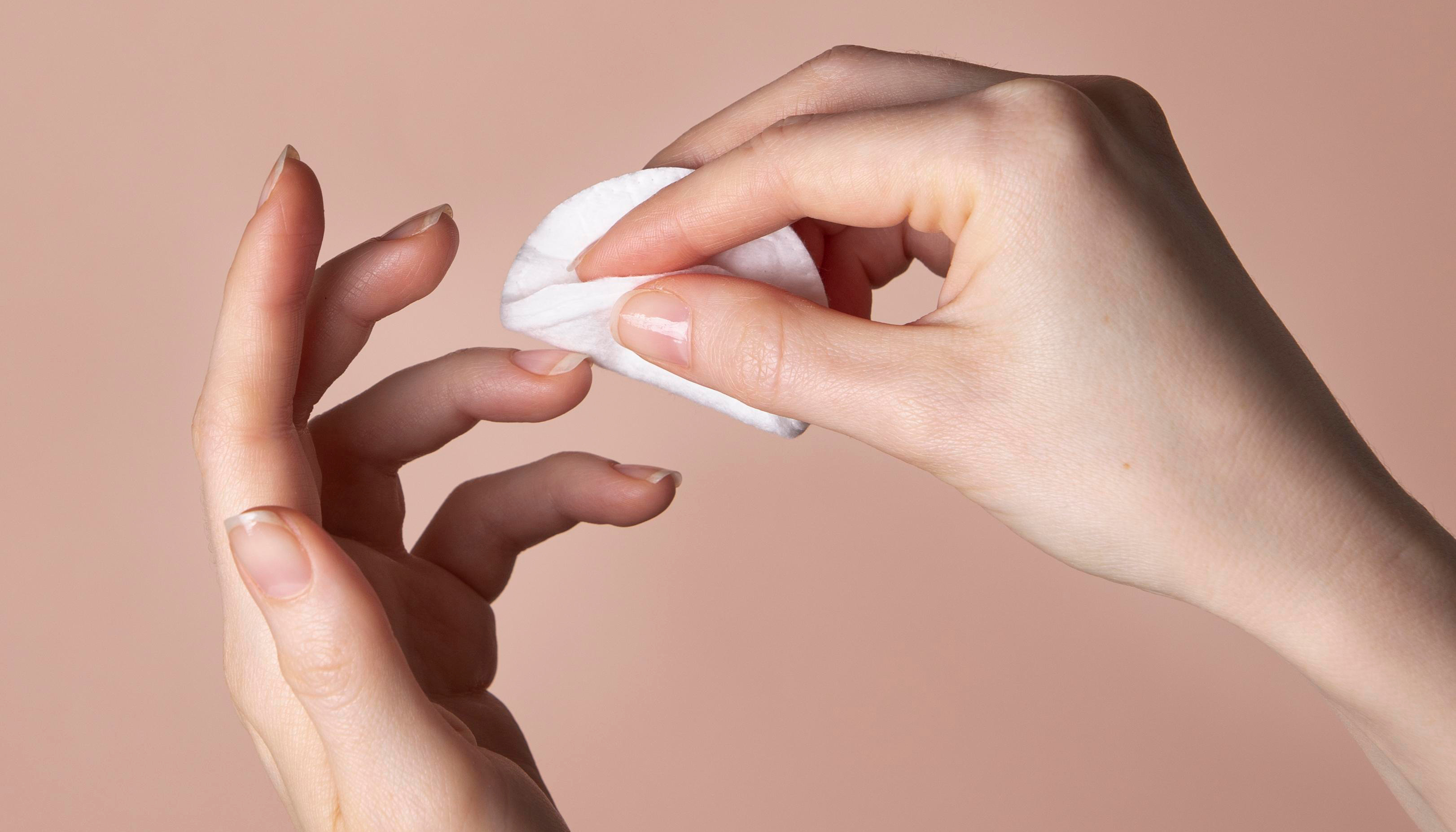
While there are many reasons to fall in love with gel nail polishes, the removal involves more than a simple wipe of polish remover. This is because gel polish becomes super strong when it is cured. And since our goal is always to get the best bond possible for long lasting gel nails that also means you'll have to follow some easy instructions to get a simple removal that won't damage your natural nails. Also, please resist the temptation to peel off the gel polish as it will take a layer of your precious nails with it. Seriously, you don't want that to happen! By taking care of your natural nails, you will have a great foundation for the best results with your next gel polish application!
You can have gel polish removed by a professional or you can opt for a DIY gel polish removal method. All you have to do is file off the top coat, soak nail wipes or cotton balls in acetone and place them on your nails. Next, use tin foil or removal wraps to wrap the nails and wait for just 10 -15 minutes. Take off the first foil to see if the product is very soft. If so, gently wipe off the gel polish. You can also use a gel remover tool to assist with the soft product. If there's some polish still left on the nails, soak them in a bowl of pure acetone or rewrap for a few more minutes to get the last of it. Once the gel has been removed, you'll want to give the nails a very gentle buff and a nice cuticle oil treatment!
If you're looking for an alternative to soaking off your gel polish, filing may interest you! Start with a medium grit file and file in a gentle, flat motion only until the color just barely disappears. Then use a buffer to finish removing any small color spots and the base coat. Be careful not to file too hard or at a sharp angle as over filing is easy to do; remember that less is more! Finish by applying a great cuticle oil to your nails and cuticles to keep them flexible and healthy.
The best way to prevent an allergic reaction to gel nail polish is "proper application." You see, most allergic reactions happen when gel polish comes in contact with the skin and causes contact dermatitis. It's important to ensure that the gel nail polish does not come into contact with your skin during the application process as repeated exposure can cause this.
Although allergic reactions to gel polish are rare, but they can still occur. If you experience any symptoms of an allergic reaction, such as redness or swelling, it is advisable to consult a dermatologist for proper diagnosis and treatment.
It should be noted that allergies are more prevalent among personal and new users due to improper and inexperienced application. Care must be taken to avoid skin contact of any kind, at all times. In addition, gel polish that is not fully cured can also cause contact dermatitis due to repeated overexposure.
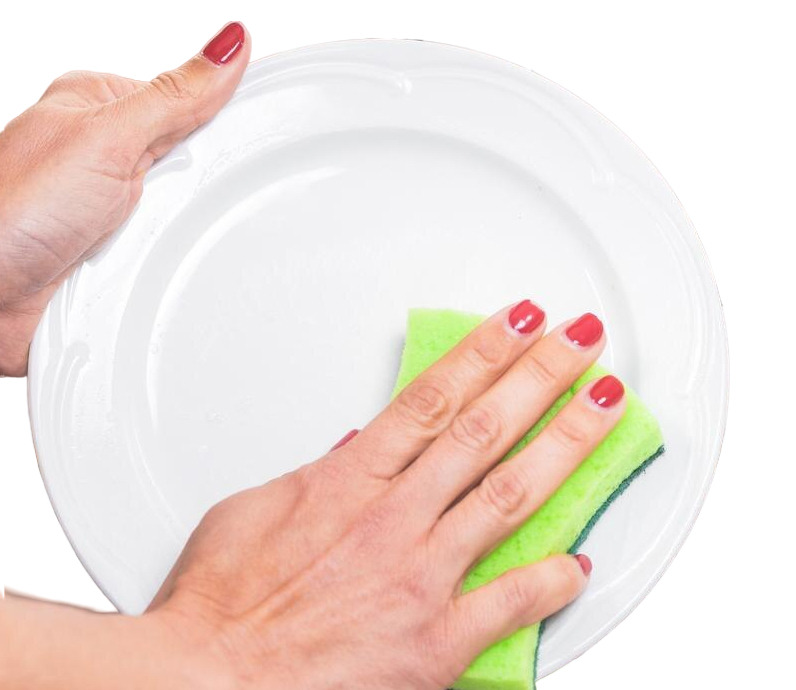
There can be several reasons why your recently applied gel nail polish is losing its high shine finish and peeling fast. Some of the most common culprits behind this problem include:
Discover the most sought-after gel nail polish brands available to shop now. If you encounter any out-of-stock products, add them to your wishlist for future purchases.